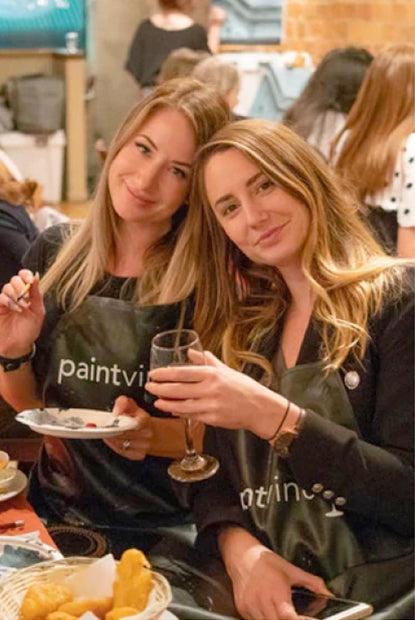
This famously unlucky date has become a magnet for ominous vibes, but its origins - and the curious superstitions of artists - reveal a story far richer than broken mirrors and black cats.
Why is Friday the 13th Considered Unlucky?
The superstition surrounding Friday the 13th is surprisingly modern. While both Fridays and the number 13 were seen as unlucky in earlier European traditions, it wasn’t until the late 19th century that they were stitched together.
Some point to Friday 13th October 1307, when King Philip IV of France ordered the mass arrest of the Knights Templar - a date seared into historical lore - though it only became associated with “bad luck” much later. Others trace the superstition back to Christian tradition, noting that there were 13 guests at the Last Supper, with Jesus crucified on a Friday, making the combination of Friday and 13 symbolically ominous.
The modern fear really took hold after the 1907 novel Friday, the Thirteenth by Thomas W. Lawson, in which a stockbroker uses superstition to crash the market. From there, pop culture ran wild. By the time the horror movie Friday the 13th hit cinemas in 1980, the date had become synonymous with eerie happenings - and now, it’s firmly part of our spooky social calendar.
But artists and creatives have always flirted with superstition, even without calendar-based excuses. Here are some of the most intriguing examples:
Salvador Dalí – Fear of Insects and a Love of Ritual
Dalí may have projected confidence with his waxed moustache and flamboyant public persona, but he was deeply superstitious, and had an intense fear of grasshoppers, which he claimed triggered irrational panic.
Dalí also practised strict routines and rituals to tap into his subconscious - most famously, his method of holding a key above a metal plate while dozing in a chair. As soon as he nodded off, the key would fall and wake him, helping him capture the moment between dreaming and waking - a fertile space for Surrealist imagery.
Coco Chanel – Charms, Symbols, and the Power of 5
Coco Chanel wasn’t a painter, but her superstitions were so entwined with her creative life that they shaped one of the world’s most famous brands.
Coco Chanel surrounded herself with talismans - wheat for prosperity, lions for strength (she was a Leo), and religious icons for protection. Most famously, she believed deeply in the power of the number 5 - which a fortune teller reportedly told her was her lucky number. When choosing her first perfume sample, she selected the fifth vial - and launched it on the 5th day of the 5th month, confident that the number would bring success. The result? Chanel No. 5, the world’s most iconic fragrance.
Charles Dickens – Sleeping Due North
Dickens was a writer, not a painter, but his artistic routine deserves mention. He believed that facing north while sleeping enhanced his creativity and mental clarity. He even carried a compass with him to ensure his bed was always aligned. He’d lie in the exact centre of the bed, arms outstretched and perfectly symmetrical - perhaps not the most relaxing pose, but apparently creatively energising.
Art and Superstition: Still Going Strong
Superstition and creativity have always gone hand in hand, often as ways for artists to connect with instinct, intuition, and inspiration. Whether it’s a lucky number, a treasured object, or a quirky bedtime ritual, these habits can be powerful creative anchors.
After all, making art means stepping into the unknown - and a few personal rituals or symbols can help us feel grounded as we explore new ideas. For some, it's a routine; for others, it's a bit of magic. And sometimes, believing in something - even something small - is exactly what sparks the next masterpiece.
So if you're painting on Friday the 13th, embrace it! Wear your lucky socks, light that candle, or just go with the flow. Who knows? It might be your most inspired work yet.

